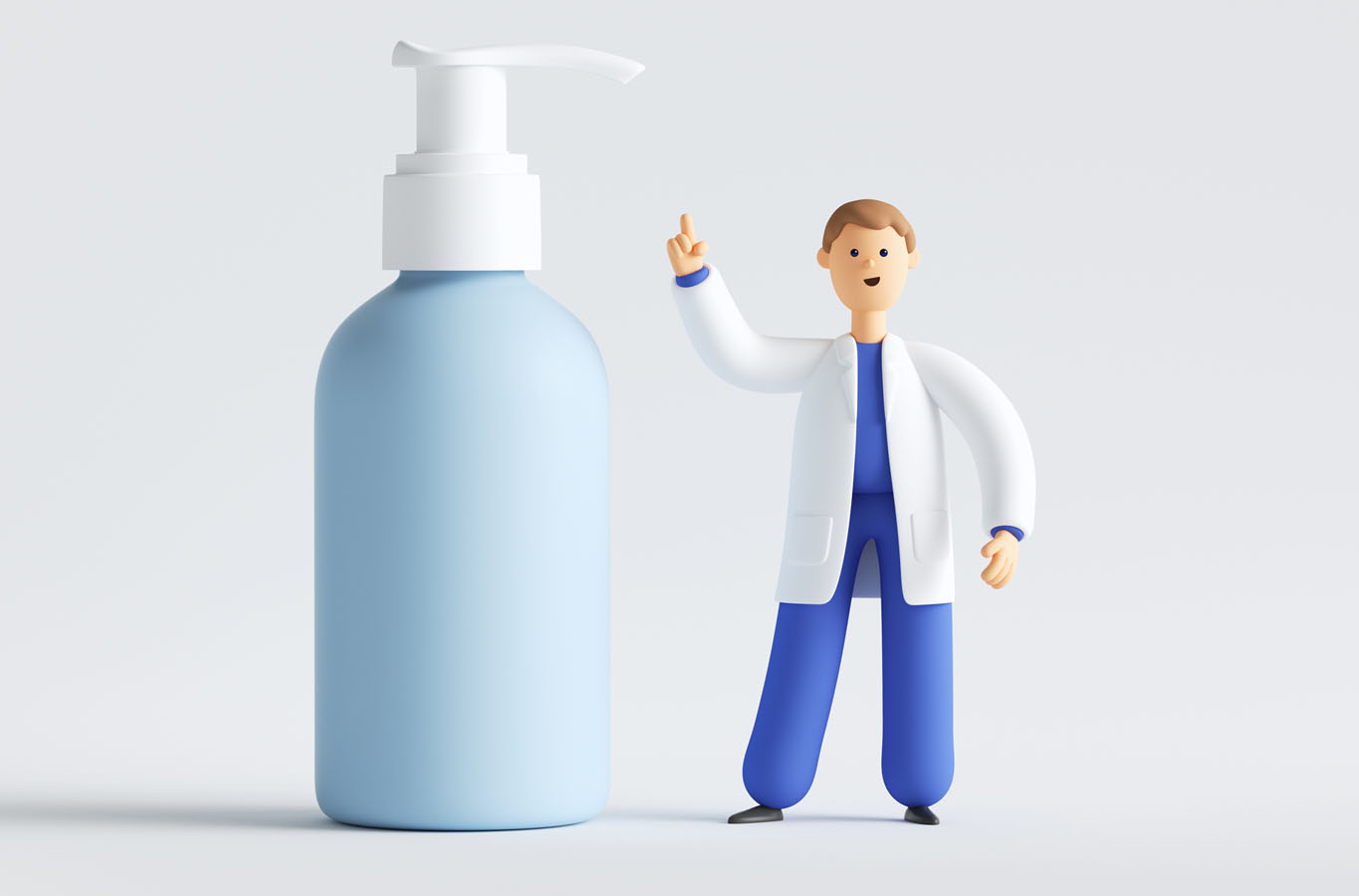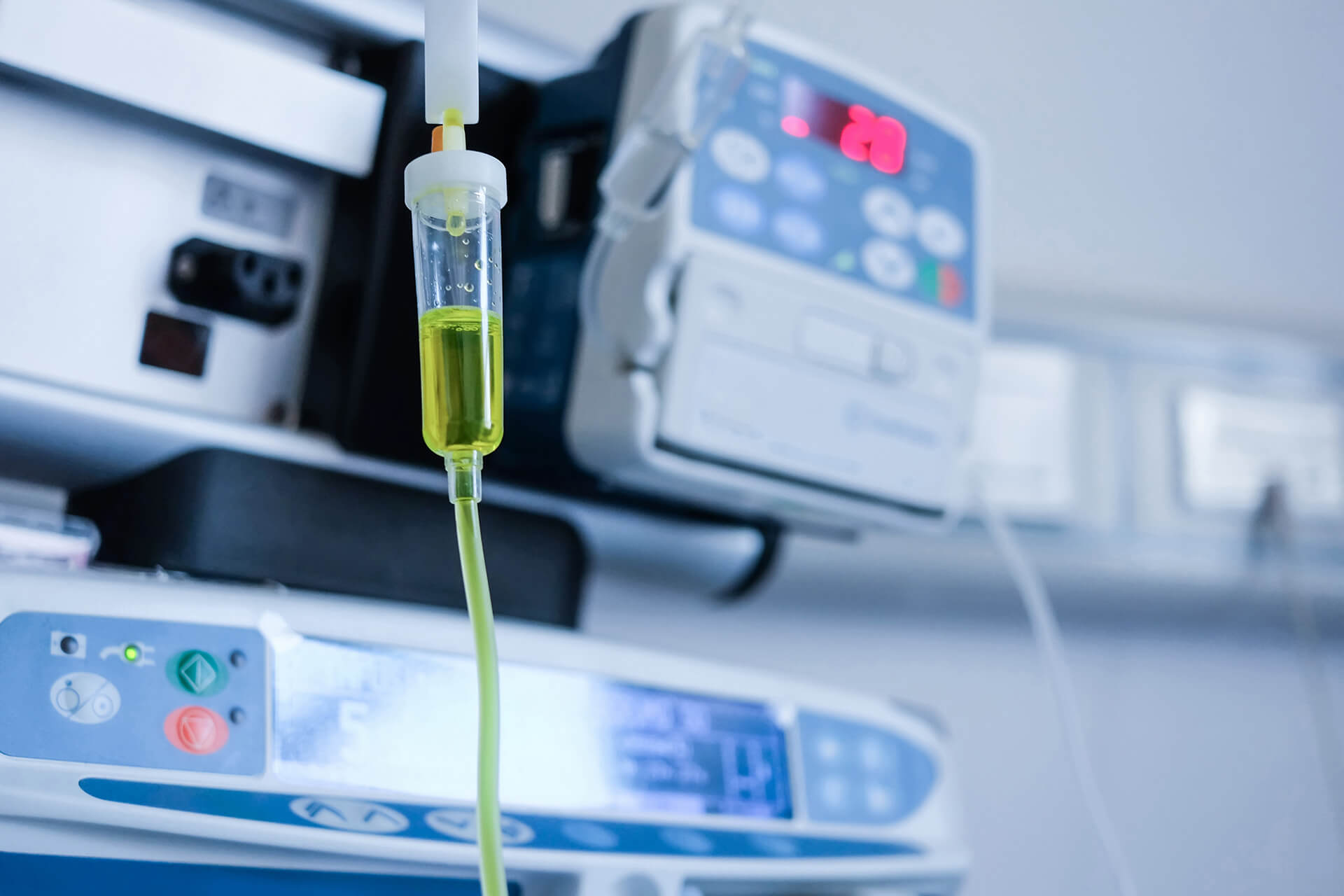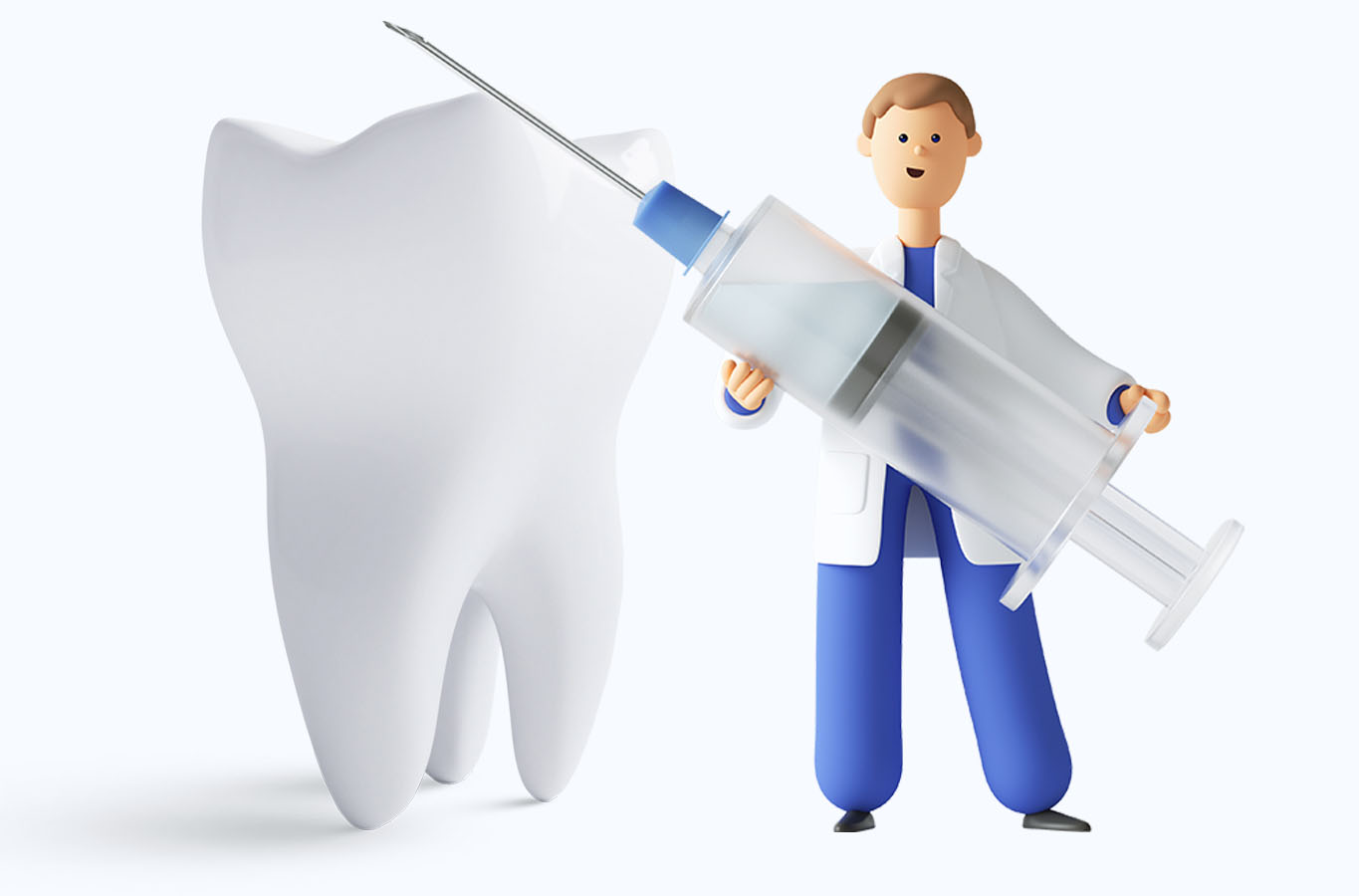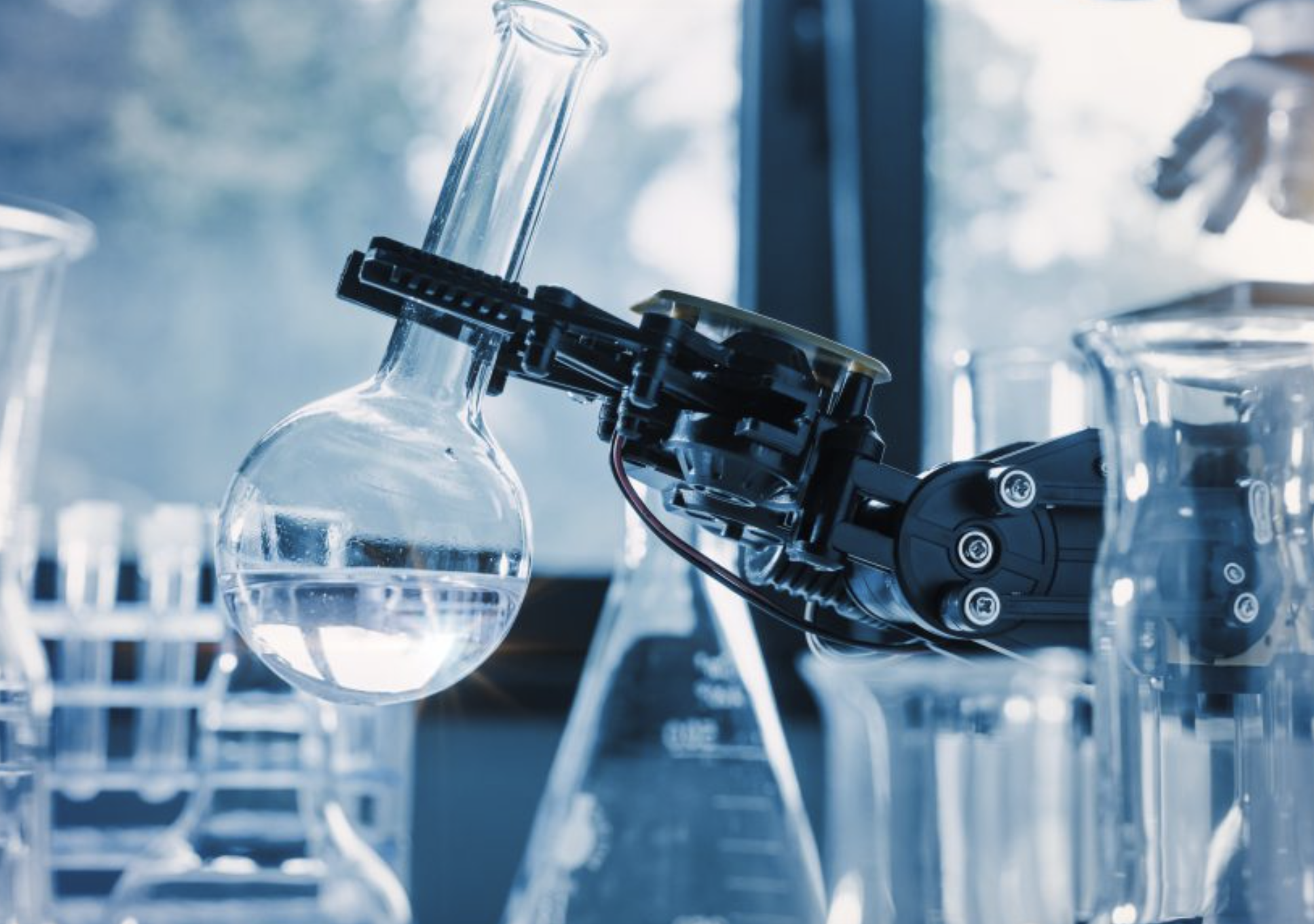
Water activity is the partial vapor pressure of water in a solution divided by the standard state partial vapor pressure of water. In the field of food science, the standard state is most often defined as pure water at the same temperature. Using this particular definition, pure distilled water has a water activity of exactly one. Water activity is the thermodynamic activity of water as solvent and the relative humidity of the surrounding air after equilibration. As temperature increases, aw typically increases, except in some products with crystalline salt or sugar.
Water migrates from areas of high aw to areas of low aw. For example, if honey (aw ≈ 0.6) is exposed to humid air (aw ≈ 0.7), the honey absorbs water from the air. If salami (aw ≈ 0.87) is exposed to dry air (aw ≈ 0.5), the salami dries out which could preserve it or spoil it. Lower aw substances tend to support fewer microorganisms since these get desiccated by the water migration.
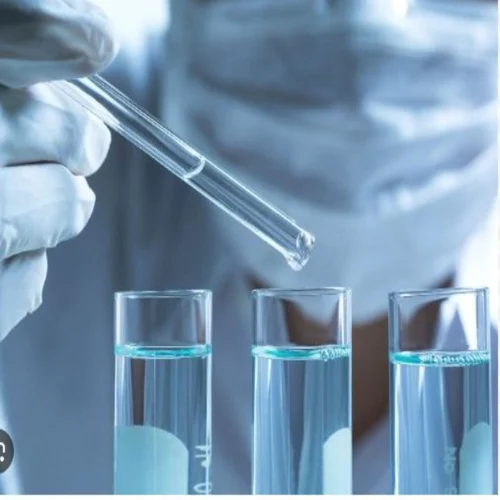
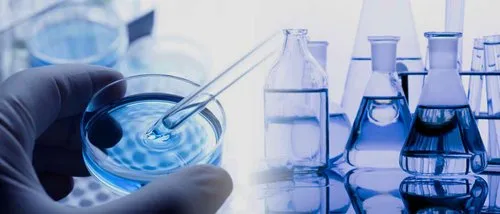
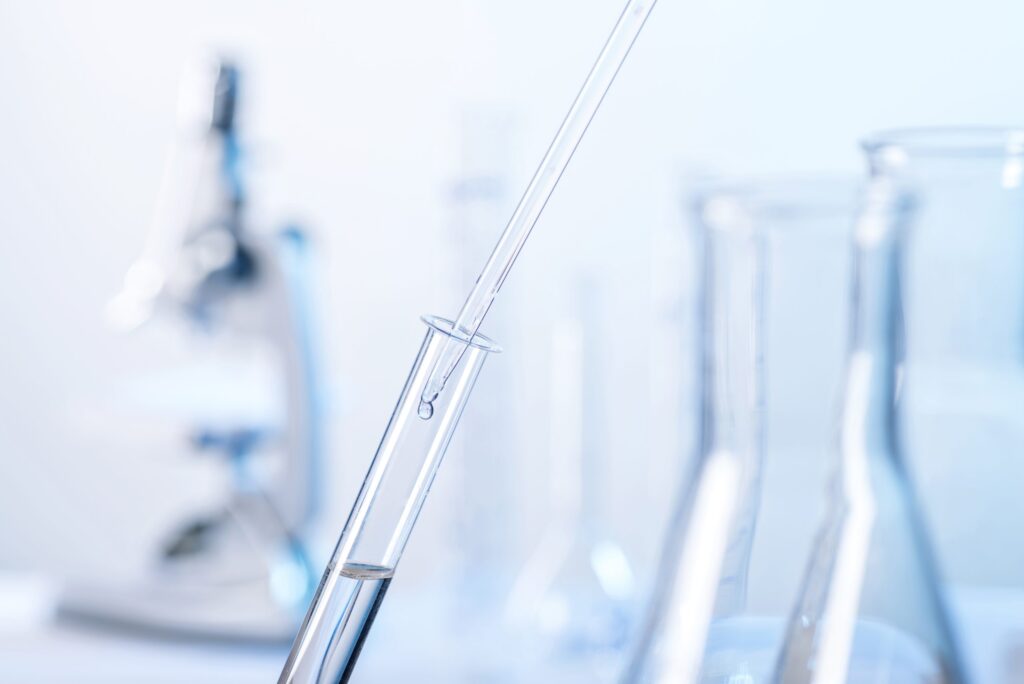
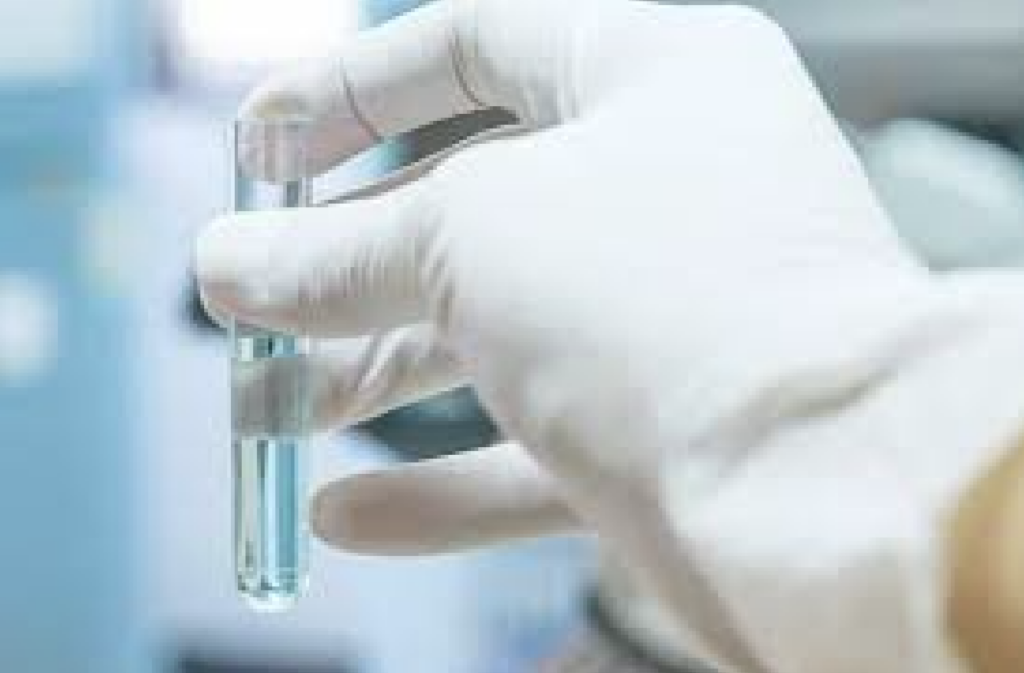
DEFINITION
The water activity (a w) of a food is the ratio between the vapor pressure of the food itself, when in a completely undisturbed balance with the surrounding air media, and the vapor pressure of distilled water under identical conditions. A water activity of 0.80 means the vapor pressure is 80 percent of that of pure water. The water activity increases with temperature. The moisture condition of a product can be measured as the equilibrium relative humidity (ERH) expressed in percentage or as the water activity expressed as a decimal.
Most foods have a water activity above 0.95 and that will provide sufficient moisture to support the growth of bacteria, yeasts, and mold. The amount of available moisture can be reduced to a point which will inhibit the growth of the organisms. If the water activity of food is controlled to 0.85 or less in the finished product, it is not subject to the regulations of 21 CFR Parts 108, 113, and 114.

Water activity is an important characteristic for food product design and food safety.
Food product design
Food designers use water activity to formulate shelf- stable food. If a product is kept below a certain water activity, then mold growth is inhibited. This results in a longer shelf life
Water activity values can also help limit moisture migration within a food product made with different ingredients. If raisins of a higher water activity are packaged with bran flakes of a lower water activity, the water from the raisins migrates to the bran flakes over time, making the raisins hard and the bran flakes soggy. Food formulators use water activity to predict how much moisture migration affects their product
Food safety
Water activity is used in many cases as a critical control point for Hazard Analysis and Critical Control Points (HACCP) programs. Samples of the food product are periodically taken from the production area and tested to ensure water activity values are within a specified range for food quality and safety. Measurements can be made in as little as five minutes, and are made regularly in most major food production facilities.
For many years, researchers tried to equate bacterial growth potential with water content. They found that the values were not universal, but specific to each food product. W. J. Scott first established that bacterial growth correlated with water activity, not water content, in 1953. It is firmly established that growth of bacteria is inhibited at specific water activity values. U.S. Food and Drug Administration (FDA) regulations for intermediate moisture foods are based on these values.
Lowering the water activity of a food product should not be seen as a kill step. Studies in powdered milk show that viable cells can exist at much lower water activity values, but that they never grow. Over time, bacterial levels decline.

What is the purpose of the water activity test?
Water activity (aw) is a critical factor in determining quality and safety of foods. It affects shelf life, safety, texture, flavor, and smell. For example, bacteria does not grow at water activities below aw 0.9, and most molds cease to grow at water activities below aw 0.80.



